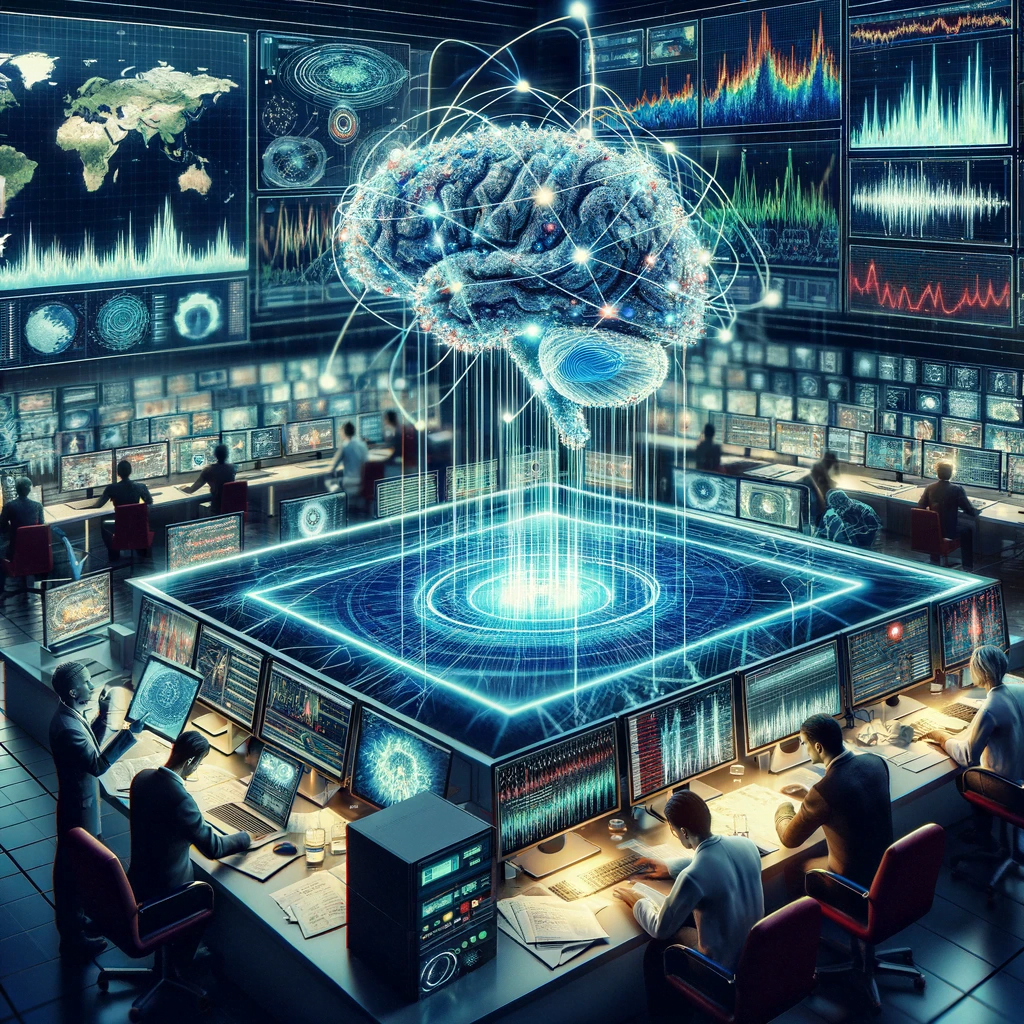The relentless pursuit to anticipate earthquakes has captivated scientists and safety officials for decades. With the integration of artificial intelligence (AI) into seismology, the potential for accurate, timely predictions has surged, offering a beacon of hope for disaster preparedness. This article delves into how AI is reshaping earthquake prediction, the success rates, and the realistic capabilities of these advanced technologies.
The Pursuit of Earthquake Prediction
Traditionally, earthquake prediction has relied on monitoring seismic activities, identifying patterns, and historical data analysis. However, the inherent unpredictability of tectonic movements renders precise predictions extremely challenging. The primary goal has been to extend the warning time, allowing for more effective evacuation and preparedness strategies.
The Role of AI in Earthquake Prediction
Recent advancements in AI have shown promising strides in the field of seismology. Machine learning algorithms, by processing vast and complex seismic data, can potentially identify subtle patterns and anomalies that precede earthquakes. Studies have demonstrated that AI can successfully predict the likelihood of aftershocks and even recognize foreshocks, which are minor tremors that sometimes precede a larger seismic event.

Successes and Challenges
In terms of successes, a notable breakthrough comes from using AI to predict aftershock locations with a success rate significantly higher than traditional methods. Some models have reported up to 80% accuracy in retrospective tests, identifying potential earthquake occurrences weeks to days in advance. However, these predictions typically offer a short lead time, ranging from a few seconds to several minutes before the quake, which remains a critical challenge. Moreover, the prediction of major earthquakes with precise timing and location is still beyond current capabilities, and the technology must overcome issues like false positives and varying geological conditions.
Ethical and Practical Considerations
The implementation of AI in earthquake prediction brings a host of ethical and practical considerations. The prospect of saving lives and mitigating property damage is compelling; however, the potential for false alarms or missed predictions could lead to public distrust or complacency. There is a delicate balance between providing timely warnings and ensuring they are accurate and actionable. Communities, governments, and scientists must work together to establish protocols and clear communication strategies.

As AI continues to evolve, its integration into earthquake prediction signifies a hopeful stride towards reducing the catastrophic impact of seismic events. While the current technology offers improved detection and some level of prediction, the quest for a more extended warning time and higher accuracy continues. Collaborative efforts among technologists, seismologists, and policymakers are essential to harness the full potential of AI in safeguarding lives and infrastructure against the inevitable force of earthquakes.

